About the Author

Priscilla
Skincare fanatic and co-founder of Refresh Skincare
Follow the author on social media:
Everybody has a different skin type. This means that you need to use skincare products that suit your personal skin type, picking ingredients that help deal with your skin's own special issues.
We're going to look at the four different skin types, then provide a practical guide to identifying your own, personal skin type. Finally we'll look at which ingredients are most effective for each distinct skin type.
Let's Get Technical
First up, you'll need to know some terms in relation to skin type.
Sebum - Sebum is a natural oily substance produced by the skin's sebaceous glands. It moisturises and protects the skin and hair, preventing water loss and providing a barrier against microbes. Balancing sebum production is crucial for healthy skin.
T-Zone - The "T-zone" refers to the area of the face comprising the forehead, nose, and chin, forming the shape of the letter "T." This region is notorious for being the most oil-prone part of the face, often characterized by increased sebum production compared to other areas.
THE FOUR SKIN TYPES
Normal Skin
When we say normal, we are referring to well-balanced skin. It’s neither particularly dry nor particularly oily and has normal levels of sebum. It is characterised by a soft, smooth texture and no blemishes.
Dry Skin
Dry skin is one which has reduced levels of sebum production. As a result, it is often characterised by a rough, sometimes flaky and dull look. This type of skin can’t retain moisture very well, which means it can’t protect itself against external weathering either.

Oily Skin
If you’ve got skin which is a bit oily, then it means that you are producing too much sebum. The problem with this is that it tends to leave your skin looking less than perfect, and you need specific skincare products to deal with that. Oily skin is easy to spot because all the pores are visible, and there is also a sheen to it.
Combination Skin
As if it wasn’t complicated enough already, you can also get something called combination skin. It’s the explanation for why you can’t easily find a skin type which matches up with your own.
Combination skin is different from the rest. It’s entirely possible with this type of skin to have characteristics from the other three. So, for example, you might find that you have dry skin around your face, but oily skin on your forehead.
If you can identify some of the different characteristics in different parts of your body, then it’s possible that you have combination skin, and require skin care products which can cover a variety of issues all at once.
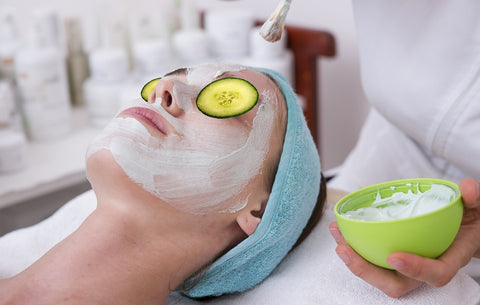
Defining Your Skin Type
There is no definitive test for skin type, but there are tell-tale signs that will give your skin type away. Before we can look for these, clean your face thoroughly with a gentle cleanser, allow it to dry and then wait half an hour for your skin to normalise.
Test 1 - Texture
Touch your skin lightly with clean fingertips. How does it feel?
A) Feels tight, rough, or flaky.
B) Feels slick or greasy, especially in the T-zone
C) Some areas, like the forehead, nose, and chin, may feel oily, while other areas, like cheeks, feel normal or dry.
D) Feels balanced, not too oily or too dry.
Test 2 - Shine
Look at your skin in natural light or a well-lit room. How does it look?
A) Appears dull and lacks shine.
B) Has a noticeable shine, especially in the T-zone.
C) T-zone may appear shiny, while other areas appear normal or dry.
D) Has a healthy glow without excessive shine.
Test 3 - Sensitivity
How does your skin react to different products or environmental factors?
A) May feel tight or become irritated easily, especially in harsh weather conditions.
B) Might be more prone to breakouts or acne due to excess oil production.
C) T-zone may be prone to breakouts, while other areas may feel dry or sensitive.
D) Generally tolerates most skincare products well without adverse reactions.
Test 4 - Pore Size
What are the size of your pores, especially in the T-zone?
A) Pores are typically smaller and less visible.
B) Pores appear larger and may be more noticeable, especially in the T-zone.
C) Pore size varies, with larger pores in the T-zone and smaller pores in other areas.
D) Pores are generally small and not very noticeable.
Test 5 - Breakout Patterns
Do you have any recurring skin issues, such as acne or dry patches?
A) Rarely experiences acne breakouts, but may have occasional dry patches.
B) Prone to frequent breakouts and acne due to excess oil production.
C) T-zone is more prone to breakouts, while other areas may experience dryness or normal skin concerns.
D) Rarely experiences breakouts and maintains a balanced complexion.
Keep a note of your answers. What did you get?
Mostly As - Dry Skin
Mostly Bs - Oily Skin
Mostly Cs - Combination Skin
Mostly Ds - Normal Skin
Remember that your skin type may change over time due to factors like hormones, weather, and lifestyle changes, so it's essential to periodically reassess your skincare needs.
Do What's Right For Your Skin Type
Each skin type brings with it a unique challenge. We all want to look good. It’s naturally difficult to do this when you don’t have the right skincare products to deal with your particular skin type. We've produced three guides to the best ingredients for oily, dry and combination skin - all featuring targeted ingredients to manage your skin type and leave your skin looking incredible.
Best Skincare Products for Dry Skin
Best Skincare Products for Oily Skin
Best Skincare Products for Combination Skin
You’ll be pleased to know that there is a whole selection of skincare products out there, so no matter what kind of skin you have, you’ll be able to enjoy looking your best every day. If you have normal skin - congratulations! The world of skincare is yours.
Here at Refresh we have skincare products for all skin types - shop now.
Keep up to date with the latest news, information and promotions from Refresh Skincare. Subscribe to our newsletter and receive a 10% discount on your first order.

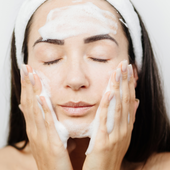


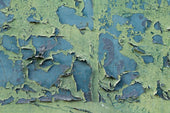

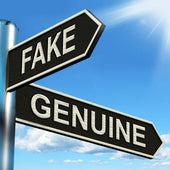






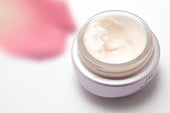


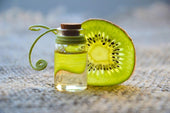



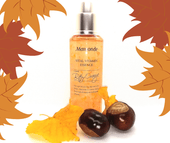


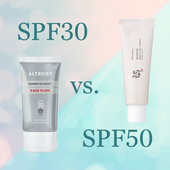
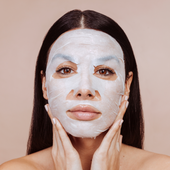


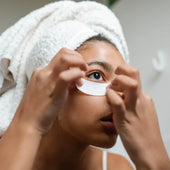
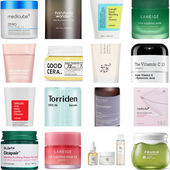
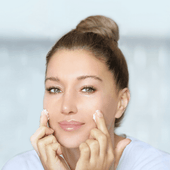
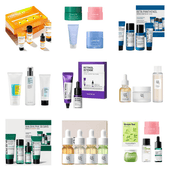
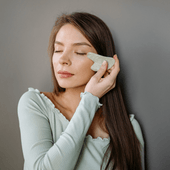
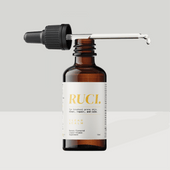

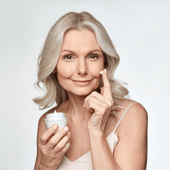
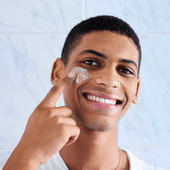
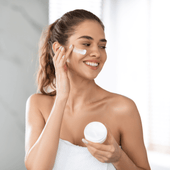
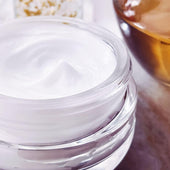
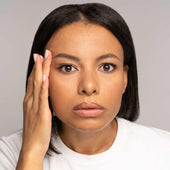

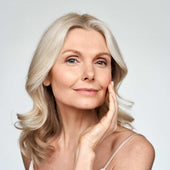


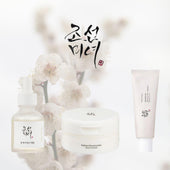

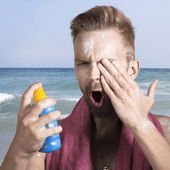

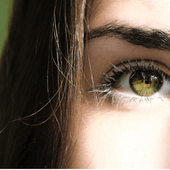
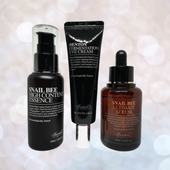
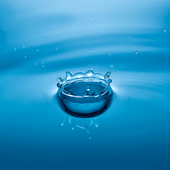

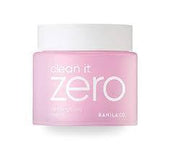
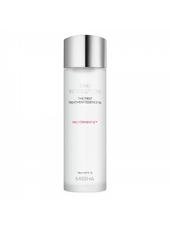

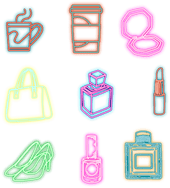


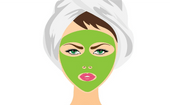
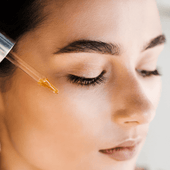
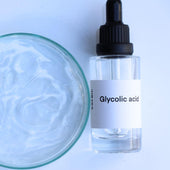
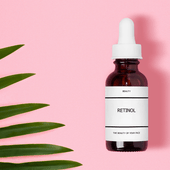
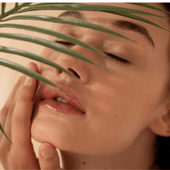
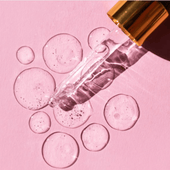

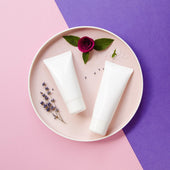
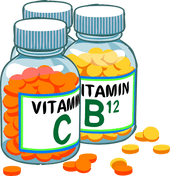

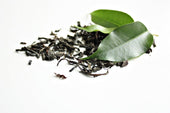


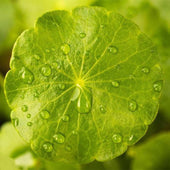

1 comment
Awesome ❤️
I love your idea about this
Thanks for sharing
Ferbena FASHION BLOG